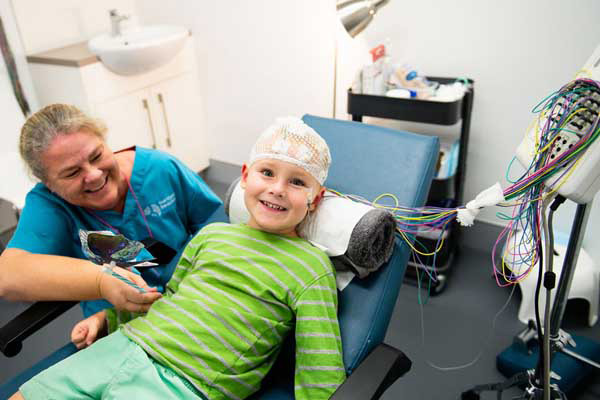

For example, we have shown that the temperature of the recording environment can have a substantial impact on statistical power ( Kappenman & Luck, 2010), but we have never seen an EEG/ERP paper from another lab that mentioned the temperature of the recording room.Ī mechanism now exists for reporting all of these details. And really, who would want to slog through a Method section that described how the electrodes were oriented in their holders or listed the specific make and model of chair that was used to ensure that the participant remained comfortable? Recording methods are usually described in journal articles with only a brief mention of the recording parameters (e.g., filter settings and sampling rate) and no information about the millions of other details that impact data quality. Every lab has its own approach, but our field has no widely used mechanism for sharing these methodological details.

When you run an EEG recording session, there are a million little details that together impact the quality of the data. This is why one of our ERP Boot Camp mottos is “There is no substitute for clean data!” Postprocessing techniques such as filters can help, but they can’t eliminate all the noise, and they often have a cost (e.g., temporal distortion). To maximize the likelihood of finding the neural effects of interest, researchers need to do everything they can to reduce the noise during a recording session.
#EEG PREPARATION SKIN#
The neural signals we want to record are contaminated by a variety of biological and non-biological noise sources, including muscle activity (EMG), heartbeats (EKG), skin potentials, movement artifacts, and induced electrical noise from the environment. If you’ve ever recorded or processed raw EEG data, you know how noisy the data can be. If you’d like more information about why we think this is important, read on… We encourage other researchers to either follow and cite our protocol or publish and cite their own protocols. In addition, this protocol provides a forum for sharing the tips and tricks we have developed for collecting clean EEG data, which may help you improve your data quality. By publishing this protocol and then citing it in our papers, other researchers will know exactly how we recorded our data, which will enhance reproducibility. Although this level of detail important for collecting clean data, it would be unrealistic to include 20+ pages of recording details in the Method section of a journal article. We have published an in-depth description of our EEG recording procedures, which provides an extremely detailed, step-by-step account of how we currently record EEG data in our laboratories (along with a modified version to minimize risk of COVID-19 transmission). Protocol for Reducing COVID-19 Transmission Risk in EEG Research. Electroencephalogram (EEG) Recording Protocol for Cognitive and Affective Human Neuroscience Research.


 0 kommentar(er)
0 kommentar(er)
